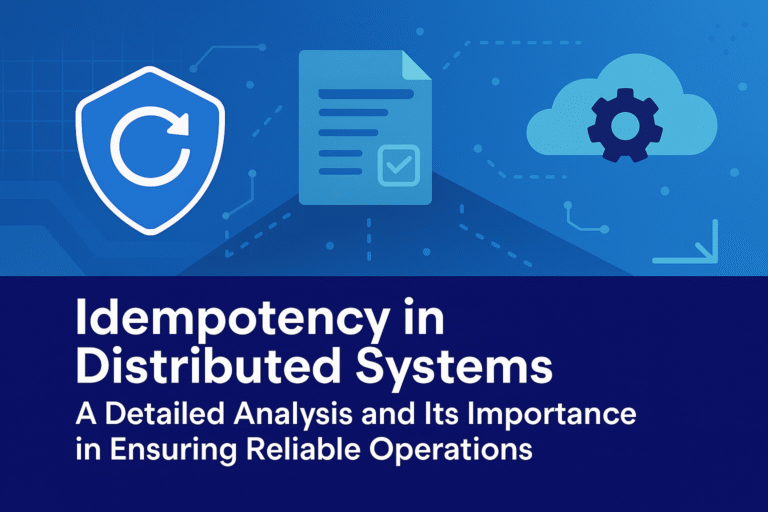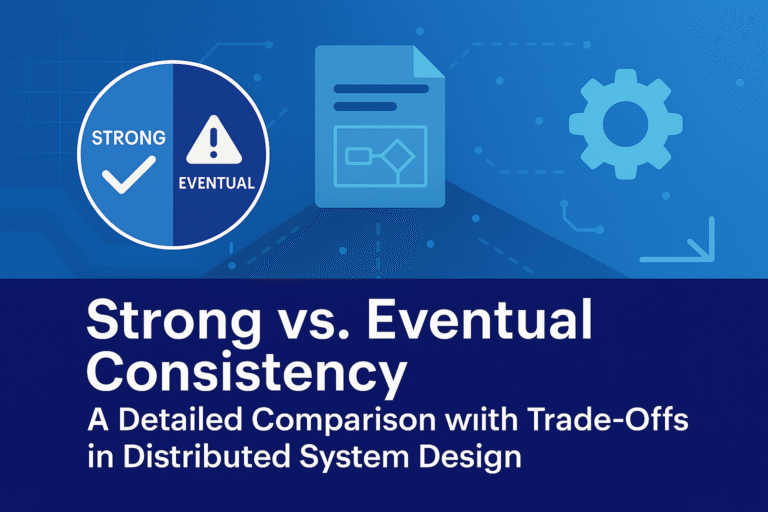Securing ASP.NET Core Communications: An In-Depth Study of an End-to-End Encryption Middleware

Abstract This document provides a thorough examination of an end-to-end cryptographic middleware designed for ASP.NET Core applications. The middleware facilitates secure message exchange between a client and a server by enforcing transport-layer security (HTTPS), verifying digital signatures, encrypting and decrypting…








